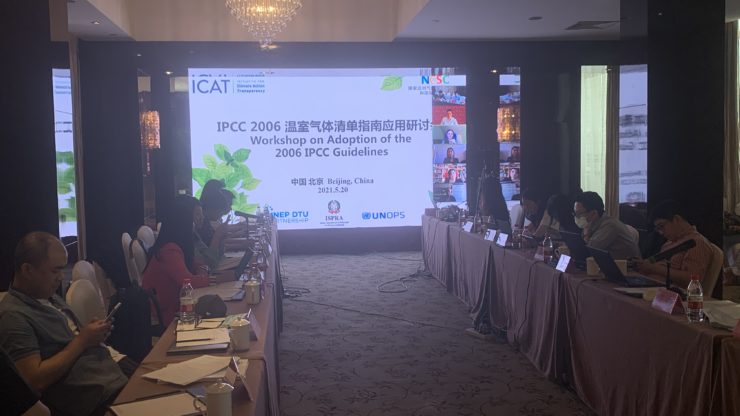In February 2020, the now completed second phase of the Brazil Initiative for Climate Action Transparency (ICAT) project was initiated, focusing on the sub-national level. It applied technical work undertaken at the national level under phase 1 of the project to the state level. Work under this second phase adopted the ICAT guidance for assessing impacts of non-state and subnational actions.
Phase 1 of ICAT in Brazil has since March 2018, supported the development of a methodology to calculate the effect of different sets of mitigation actions in terms of avoided GHG emissions. The project also contributed to establishing an MRV framework by defining indicators for tracking the implementation of the Brazilian NDC.
Scenarios for climate planning
The project produced a series of connected outputs in each of the three participating states, providing a comprehensive overview of past emissions and trends, projected increases under a reference scenario and a mitigation scenario, and how to track emissions and the drivers of emissions in the future. These scenarios provide vital information to understand emissions trends and plan potential mitigation actions at the state level.
The project promoted close contact with institutional focal points in each state, as well as state institutions and stakeholders in the climate agenda, at a time when Brazilian states have assumed greater prominence on this issue.
The project demonstrated the importance of evaluating actions and policies at the state level. A key outcome was the interest showed by state secretariats in using the results and scenarios produced in this project to update their climate change plans. For example, the state of Minas Gerais already had a climate change plan with emission scenarios and intends to use the project’s scenarios to update it. In this way, the project helped inform new climate change goals in the partner states.
Presenting possible and efficient climate action
Applying the scenario methodology at the subnational level illustrated to states the areas in which future mitigation actions were possible and most efficient.
At the same time, the development of a system of MRV indicators applied to state-level scenarios provided the states with a more detailed understanding of not only the future sources of emissions but also the key drivers of those emissions.
The four primary project outcomes of the second phase of ICAT Brazil were as follows:
- An overarching assessment of emissions by sectors for the three participating states, including a detailed analysis of the evolution of those.
- An assessment of trends in emissions, indicating the contribution of each state to national emissions under different scenarios.
- An assessment of scenarios for the states to contribute to meeting Brazil’s NDC commitments on a sector-by-sector basis.
- The project applied the MRV indicators from phase 1 of the project to the scenarios, providing additional detail on how MRV indicators can be used to track progress in GHG emissions and the drivers of those emissions in the future.





